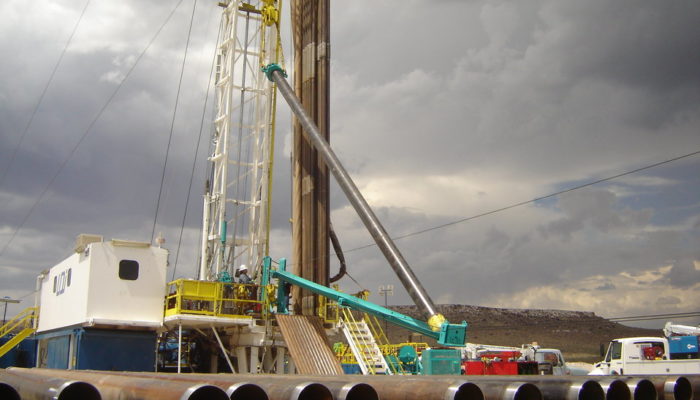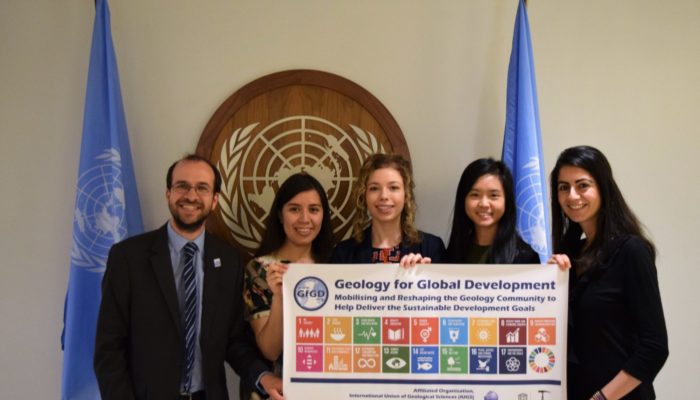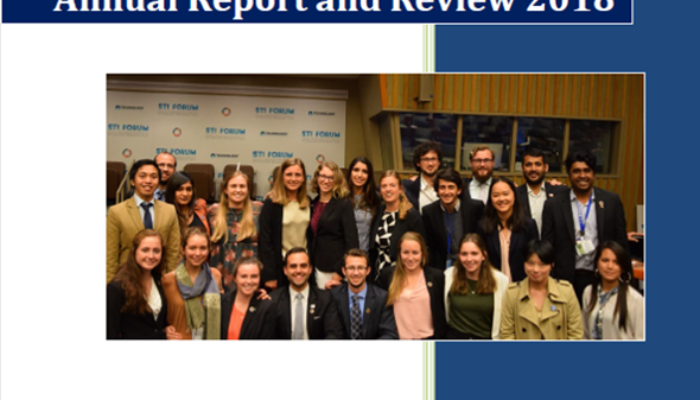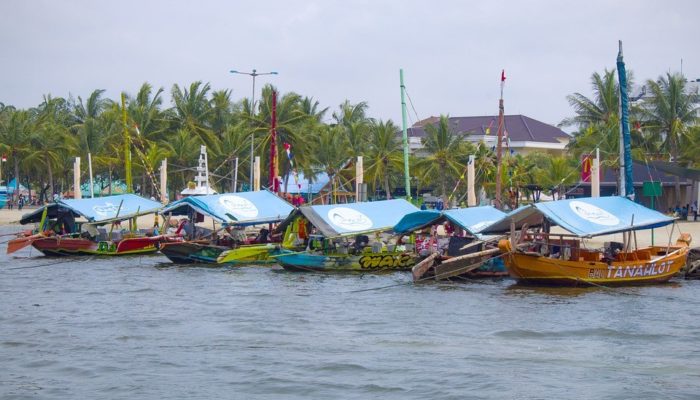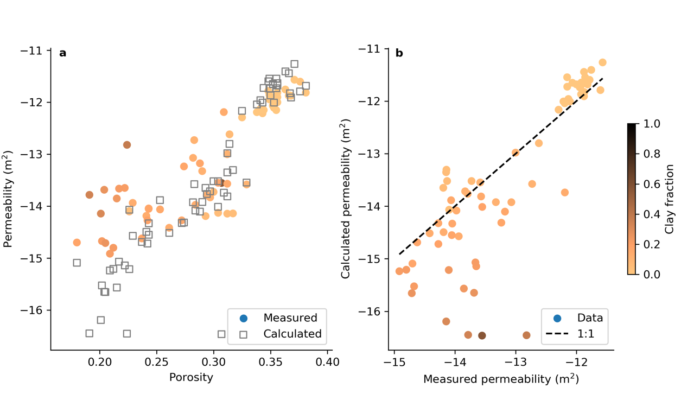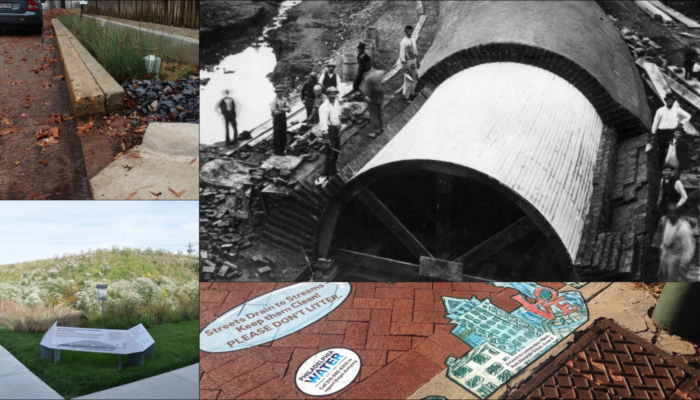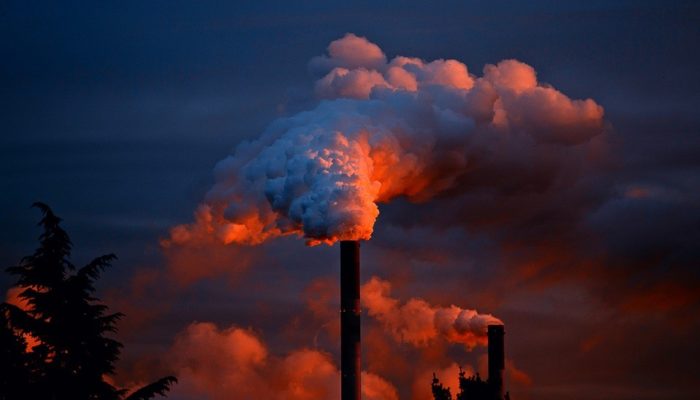Over the last century, geoscientists have made incredible contributions to our understanding of the Earth, the solar system, and beyond. Inspired by the American Geophysical Union (AGU) and the International Union of Geodesy and Geophysics (IUGG) centennials, which are celebrated in 2019, we would like to highlight Europe’s role in shaping the geosciences and the great achievements of European geo ...[Read More]
Geology for Global Development
Why California is least prepared for earthquakes. Increasing pressure on geoengineering. Tackling the challenge of groundwater. Jesse Zondervan’s July 2019 #GfGDpicks #SciComm
Each month, Jesse Zondervan picks his favourite posts from geoscience and development blogs/news which cover the geology for global development interest. Here’s a round-up of Jesse’s selections for the last month: Earthquake preparedness in the US Last month has seen two strong earthquakes in California, and in an interview with CNN seismologist Dr Lucy Jones says California is not as well prepare ...[Read More]
Geology for Global Development
Event Report: UN Science, Technology and Innovation Forum 2019
In May 2019, we led an international delegation of early-career Earth scientists to the UN Forum on Science, Technology, and Innovation for the Sustainable Development Goals. Download our full event report here. The annual UN Forum on Science, Technology and Innovation (STI) aims to facilitate interactions, networks and partnerships to identify and examine needs and gaps in technologies, scientifi ...[Read More]
Geology for Global Development
GfGD Annual Report 2018
Our 2018 Annual Report highlights our achievements last year, how these link with our strategy, and presents an overview of our finances. We had many exciting opportunities in 2018 to influence the global sustainable development agenda and represent geoscience in places where it otherwise would not have been included. For example, we contributed a commissioned paper to the 2nd International Commis ...[Read More]
Geology for Global Development
Flooding in some of the world’s most at-risk cities
What are cities doing to mitigate rising sea-levels? What are the numbers behind the related challenges? In our August ‘Coast’ month, Heather Britton focuses on sea-level rise in the coastal cities of Jakarta, Lagos and London, where barriers and new islands are likely proposed solutions, even if they seem inadequate. [Editor’s note: This post reflects Heather’s personal opinions. These opin ...[Read More]
WaterUnderground
A do-it-yourself Jupyter notebook to constrain sediment permeability
Post by Elco Luijendijk, Junior lecturer in the Department of Structural Geology and Geodynamics at Georg-August-Universität Göttingen and WaterUnderground founder Tom Gleeson (@water_undergrnd), Associate Professor in the Department of Civil Engineering at the University of Victoria. Most of the groundwater on our planet is located in sedimentary rocks. This is why it is important to know how eas ...[Read More]
Geology for Global Development
Tracking water consumption: how you can help fight climate-change-driven water stress
How much water do you think you’re using? When you eat 200 g of beef, you are using more than 3,000 liters of water. Regular blog author Bárbara Zambelli helps us understand how we can alleviate climate-change-related water stress in countries around the world, just through our choices of consumption. [Editor’s note: This post reflects Bárbara’s personal opinions. These opinions may not reflect of ...[Read More]
Geology for Global Development
Careers in Geoscience-for-Development: Some Tips and Resources
One of the most frequently asked questions put to me is ‘how does a geoscientist develop a career linked to international aid or sustainable development?’. Here are some thoughts, recently curated for the 2018 GfGD Annual Conference report, together with examples of how GfGD’s work helps to mobilise geoscientists to engage in sustainable development. Geoscience matters, is critical to progre ...[Read More]
WaterUnderground
Urban water underground: How green infrastructure makes it visible
Post by Theodore Lim, assistant professor of Urban Affairs and Planning at Virginia Tech. He researches the socio-hydrology of green infrastructure planning and implementation. In order for people to care about something, to value it, they have to be able to see it and experience it. This point should not be taken lightly. So much about decision-making and policy-making depends on how much public ...[Read More]
Geology for Global Development
The link between development and resource use
This month the GfGD blog revolved around the theme of Resources. Blog author Heather Britton explores the link between the use of natural resources and development. How feasible are the various options available to us, to reach a use of resources aligned with sustainable development? From the ideology of a circular economy, a switch to renewable resources and increasing efficiency, what might help ...[Read More]

